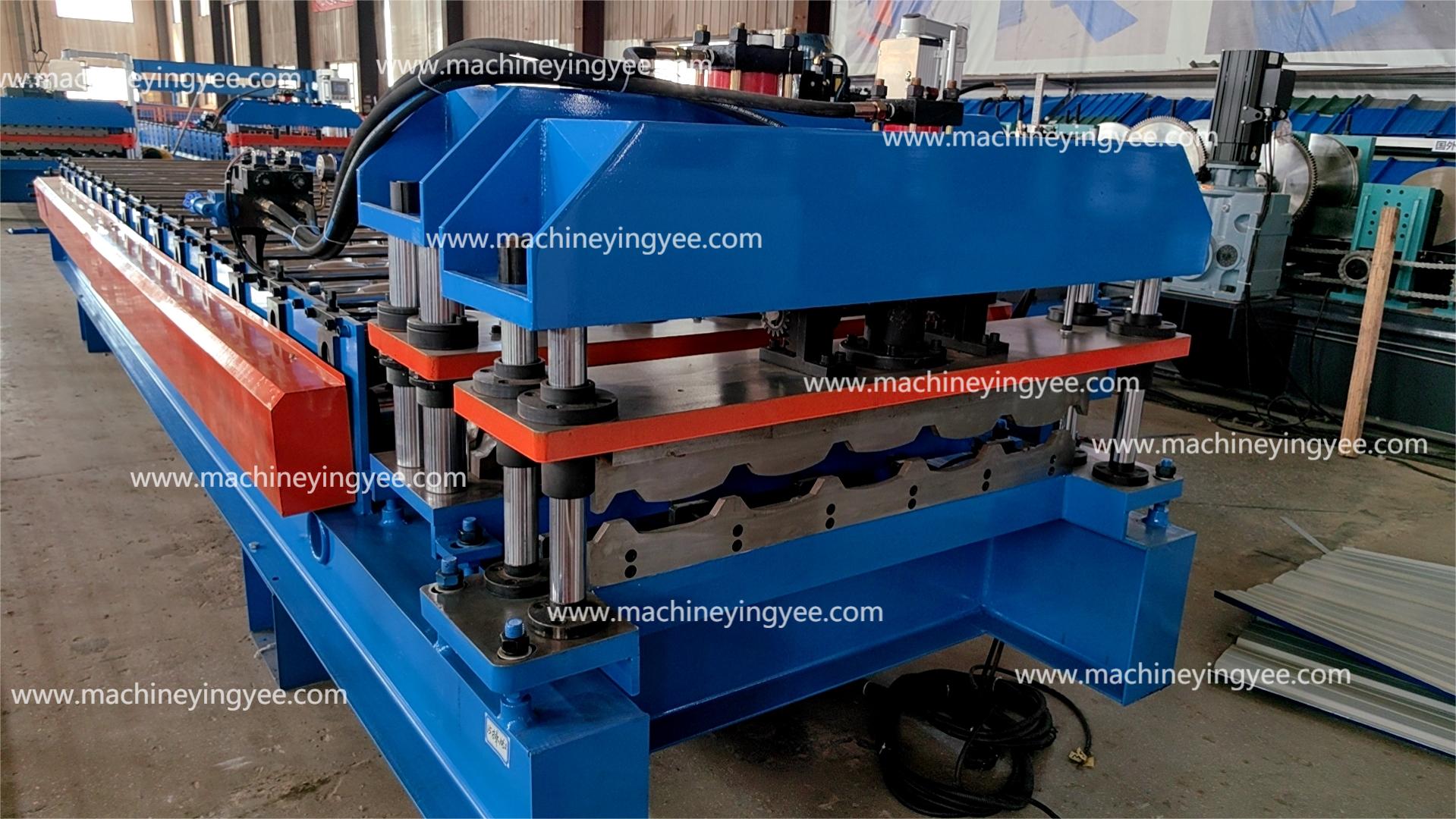
The Evolution and Significance of Corrugated Sheet Machines
In the realm of manufacturing, the corrugated sheet machine stands as a pivotal piece of equipment, responsible for producing one of the most widely used materials in packaging and construction corrugated sheets. These machines have evolved substantially over the years, adapting to the growing demands of industries and providing solutions that enhance productivity, efficiency, and sustainability.
Understanding Corrugated Sheets
Corrugated sheets are typically made from layers of paperboard, where at least one layer is fluted or wavy. Commonly used in shipping, packaging, and even as structural components in buildings, these sheets are lauded for their strength, lightweight characteristics, and versatility. The design of corrugated sheets not only provides excellent protection for products during transit but also offers thermal insulation and cushioning, making them a preferred choice across various sectors.
The Role of Corrugated Sheet Machines
Corrugated sheet machines are designed to streamline the production of corrugated boards. They combine several processes, including the manufacture of fluted paper, the lamination of sheets, and often the cutting and printing of the final product. These machines typically consist of the following key components
1. Corrugating Rolls These are the heart of the machine, where the paper is shaped into flutes. The precise engineering of these rolls ensures that the flute profiles created can enhance the strength and flexibility of the final product.
2. Heating Plates Heat is essential in softening the paper, allowing it to be molded into the desired configuration. The temperature and timing must be carefully controlled to achieve optimal bonding between the layers.
3. Lamination Sections After the fluted paper is formed, it needs to be adhered to the liner sheets. The lamination section ensures that each layer is bonded securely, providing the necessary durability.
4. Cutting Mechanisms Once the corrugated board is produced, it must be cut to specific sizes for various applications. Cutting mechanisms are integrated into modern machines for precision and efficiency.

5. Control Systems Advanced corrugated sheet machines are equipped with digital control systems that allow operators to monitor and adjust the production process in real time. This digitalization leads to improved consistency and quality of the output.
Technological Innovations
The corrugated sheet manufacturing industry has witnessed numerous innovations over the years. Modern machines are now more automated, reducing the need for manual oversight and cutting down on the chance of human error. These advancements have resulted in a significant increase in production speeds, enabling manufacturers to meet the rapidly increasing demand for corrugated products.
Moreover, sustainability has become a key focus in the development of corrugated sheet machines. Manufacturers are now producing machines that can handle recycled materials effectively, contributing to environmentally friendly practices. These machines help minimize waste by allowing for the use of scrap cardboard and paper in the production process, thereby promoting a circular economy.
The Future of Corrugated Sheet Manufacturing
As the demand for sustainable packaging solutions continues to grow, the corrugated sheet machine market is poised for further advancements. Emerging technologies such as artificial intelligence and machine learning are expected to play a significant role in optimizing production processes, predicting maintenance needs, and even adjusting mechanisms in real-time for higher efficiency.
In addition, with industries striving to reduce their carbon footprint, the shift towards eco-friendly materials poses both challenges and opportunities for corrugated sheet manufacturers. There will be an increased focus on developing machines that can utilize renewable resources while maintaining product integrity and performance.
Conclusion
The corrugated sheet machine is a crucial element in the manufacturing landscape, reflecting the industry's shift toward efficiency and sustainability. With the continuous evolution of technology, these machines are set to meet the demands of the future, ensuring that corrugated sheets remain an indispensable asset in packaging and construction. As manufacturers embrace innovation, the potential for enhanced productivity, reduced environmental impact, and improved product quality presents a bright outlook for the corrugated sheet manufacturing sector.